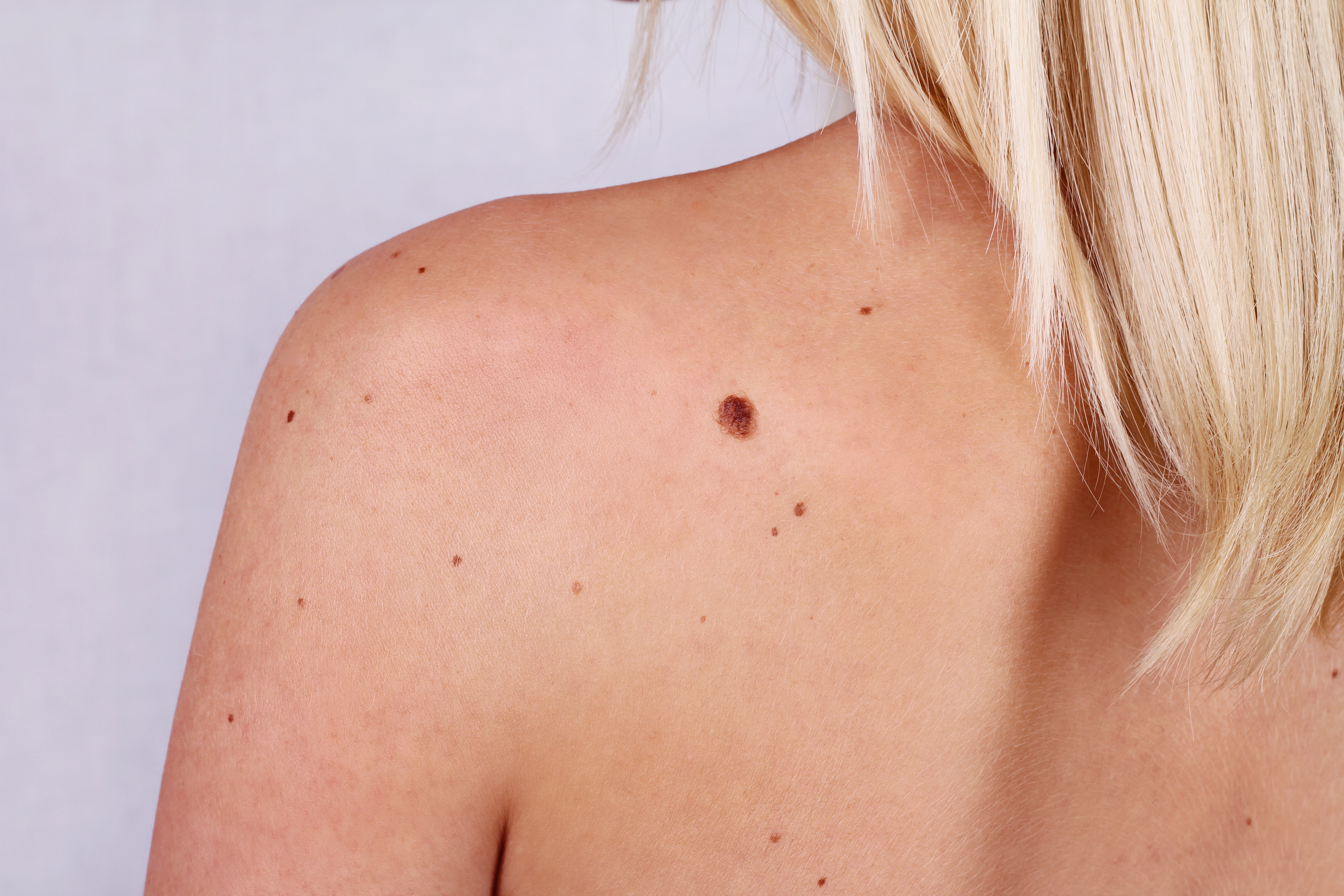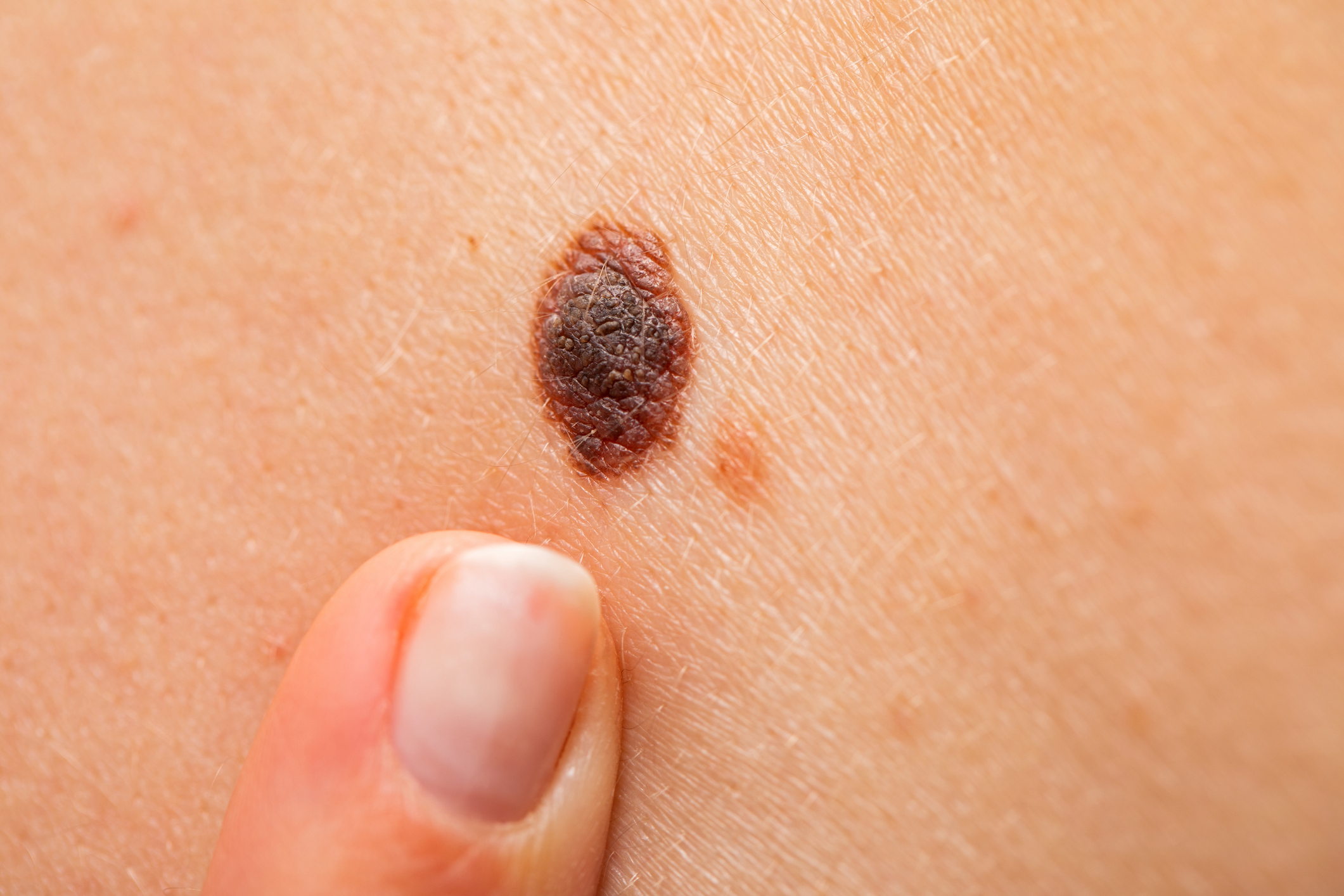Skin health is often overlooked, yet it plays a vital role in overall well-being. With melanoma being one of the most serious forms of skin cancer, early detection can be lifesaving.
But how do you know when a mole is just a harmless spot or a warning sign? To help clarify, we spoke to Dr. Richard Shaffer, a consultant oncologist at Bupa Cromwell Hospital, about the key indicators that could signal trouble and how to stay vigilant.
Moles are common, but understanding when they require medical attention is crucial. Dr Shaffer provides straightforward advice on what to watch for and offers tips for monitoring your skin at home.
From using the A-B-C-D-E method to spotting subtle signs like itching or bleeding, his expert guidance ensures you’re equipped to recognise potential issues early.
What exactly is a mole and are they always harmful?
“Moles are small, coloured spots on the skin,” explains Shaffer. “In most cases, they are usually nothing to worry about, but it’s always worth monitoring them in case they change shape, size and colour (or all three), as this could be a sign they are cancerous.”

How can I check my moles at home?
While there is no set way to check your moles, Shaffer says it is always good to monitor any new moles or changes to an existing one.
“The better you know your skin and the signs to look out for, the more likely you’ll spot any changes,” he says. “When checking your moles at home, stand in a well-lit room with a full-length mirror. It’s also worth having a hand mirror available to make sure you’re checking your body all over.”
Shaffer says you shouldn’t forget to check the difficult to see places such as your back and scalp too. “If you’re struggling, perhaps ask a partner or parent to have a look at these for you,” he suggests.
He stresses to check less obvious places, such as your underarms, the bottom of your feet and in between your fingers.
“Basically, you’re looking for new moles, or changes to the size, colour or shape of an existing mole,” says Shaffer. The A-B-C-D-E method is a simple way of checking your skin tags, he adds.

A is for asymmetrical. “Do both halves of the mole look different?”
B is for the border. “Is the edge of the mole uneven or blurred?”
C is for colour. “Is the mole a mix of different shades or colours?”
D is for diameter or dark. “Is it bigger than 6mm from side to side?” (As a tip, the end of a pencil is about 5mm across).
E is for evolving. “Has the mole changed?”
If the answer is yes, Shaffer says it may be worth speaking to a doctor to get the mole checked.
Is there anything else I should look for?
Shaffer says most normal skin moles resemble one another, whereas melanomas often stand out from the rest. “You should also look out for itching and bleeding or crusting.
If a mole starts to bleed and you haven’t knocked or injured it, you should get it checked as soon as you can,” he adds.
What should I do if I think my mole is cancerous?
If caught early enough, there are treatment methods available, and survival rates are high, says Shaffer. “Knowing the signs and symptoms of skin cancer is imperative, especially if you work outside or spend long periods of time in the sun.”
The bottom line, Shaffer says, is that if you notice any unusual changes to an existing mole or a newly formed one, you should make sure to get it checked by your doctor, who’ll be able to advise if you need further treatment.





